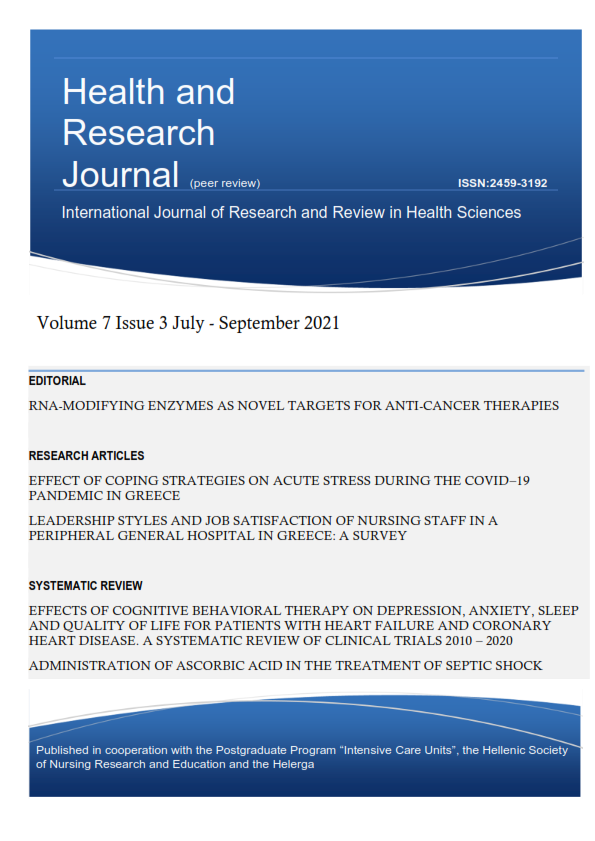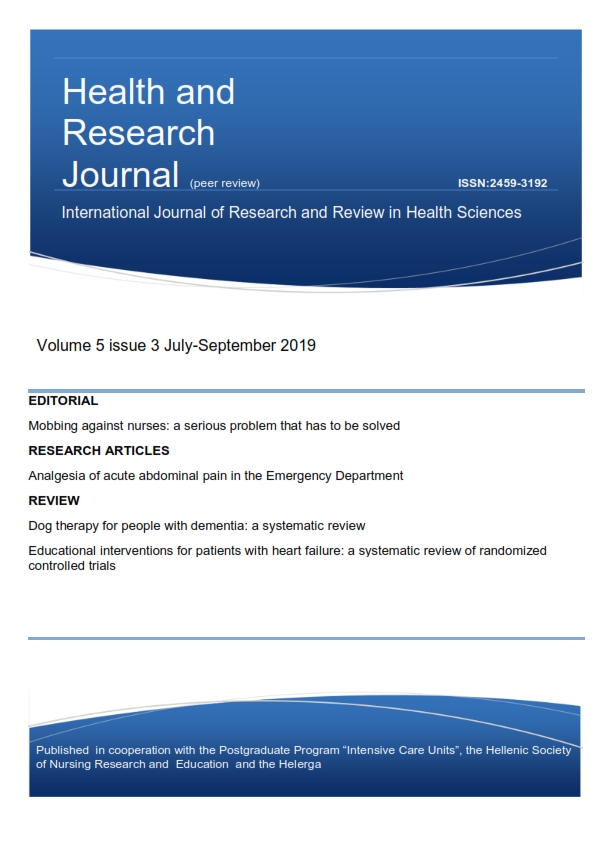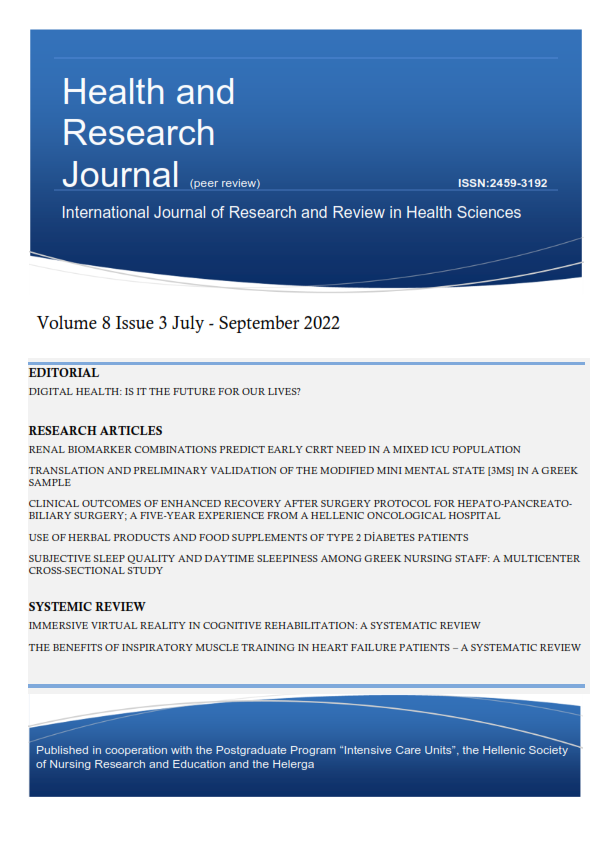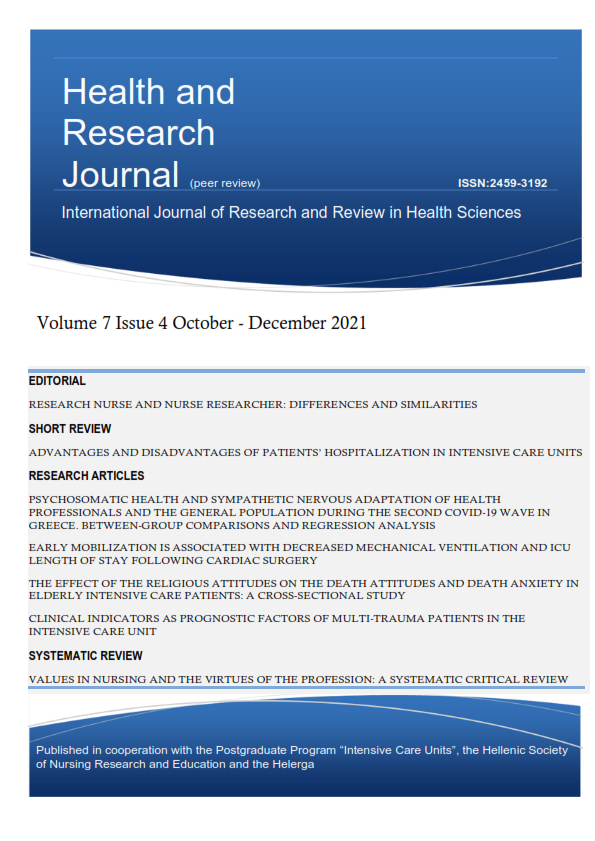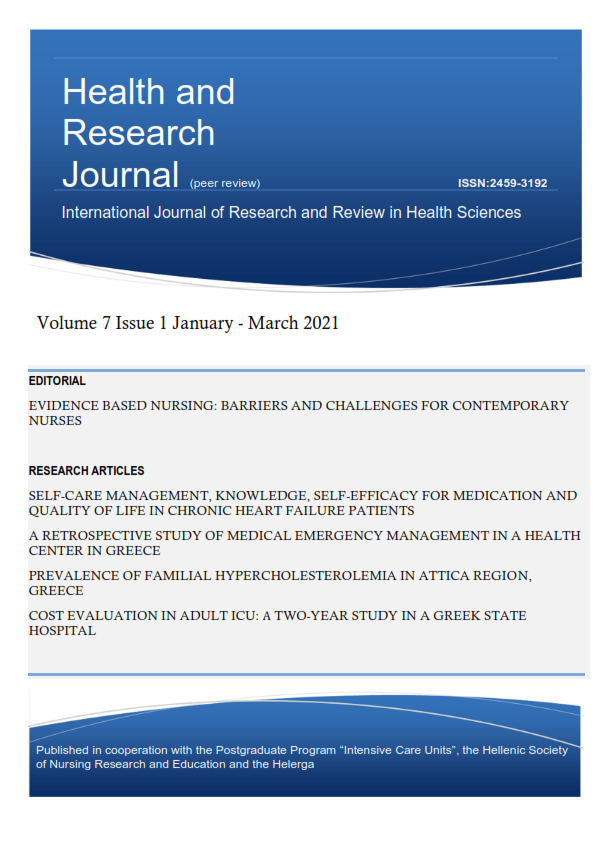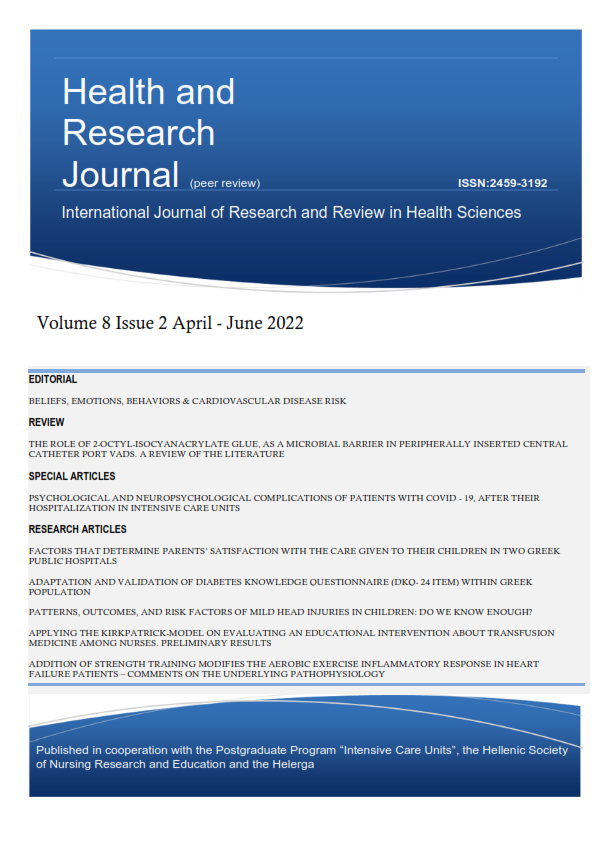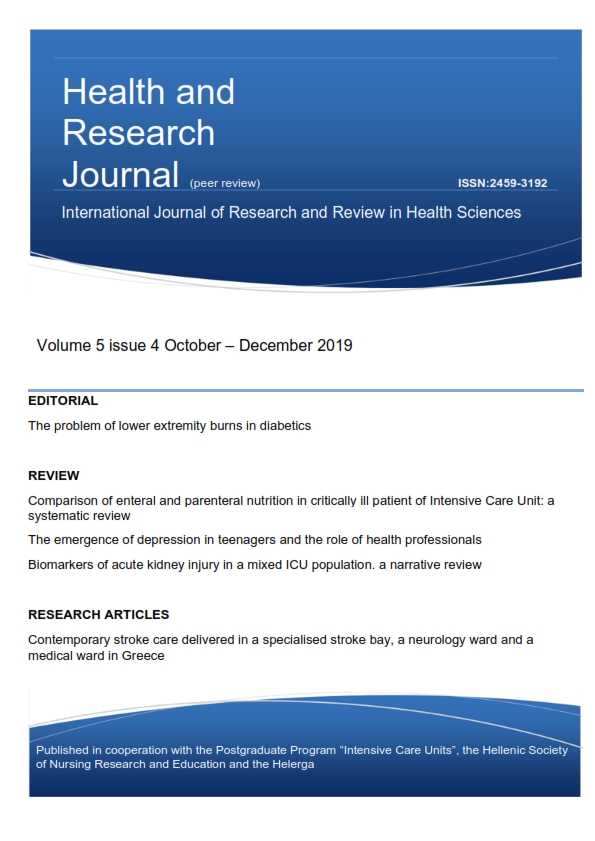Effects of left ventricular assist device implantation on respiratory drive
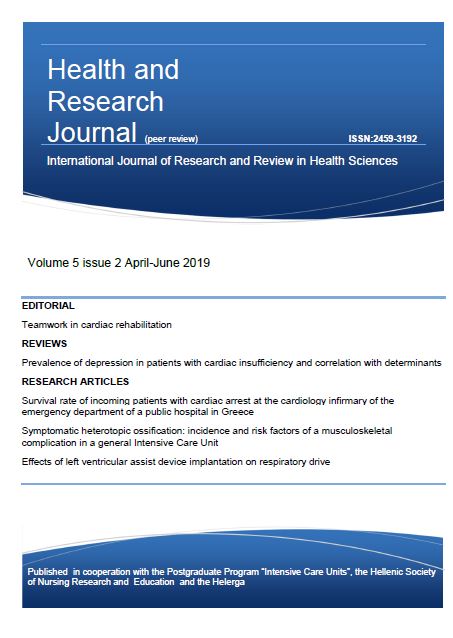
Abstract
Background: Patients with heart failure (HF) suffer from ventilatory abnormalities that are related to poor prognosis.
Aim: The aim of the study was to investigate the respiratory drive in HF patients early after left ventricular assist device (LVAD) implantation.
Methods: We enrolled eight HF patients after LVAD (HeartMate II) implantation and 8 patients with advanced HF (control group). Patients were evaluated with cardiopulmonary exercise testing, respiratory function tests and transthoracic echocardiographic examination at 1, 3 and 6 months. Respiratory drive was estimated by the mouth occlusion pressure-P0.1 and the P0.1/Pimax ratio.
Results: LVAD patients at 1, 3 and 6 months after implantation had significantly improved P0.1/Pimax% ratio (4.17±0.43 vs 3.29±1.0 vs 2.56±0.35 respectively,p<0.01) as well as significantly increased in Pimax. No changes where observed in the HF control group. A significant decrease in LVEDD, LVESD and an improvement in LVEF is also observed during follow up.
Conclusions: Our results imply LVAD implantantion induces a progressive and significant improvement of respiratory drive and Left ventricle reverse remodeling during a 6 month follow-up period.
Article Details
- How to Cite
-
Tasoulis, A., Tzanis, G., Vasileiadis, I., Dimopoulos, S., Karatzanos, E., Nanas, S., & Charitos, C. (2019). Effects of left ventricular assist device implantation on respiratory drive. Health & Research Journal, 5(2), 77–83. https://doi.org/10.12681/healthresj.20877
- Section
- Original Articles
Copyright notice:
The journal "Health and Research Journal" reserves the rights for copyright of the content of the website and also the copyright of the articles published.
By virtue of their appearance in this journal, the articles are free to be used for non-commercial purposes. However, the articles cannot and must not be used in anyway, published elsewhere or modified without any reference to the author and the first publication of the article.



